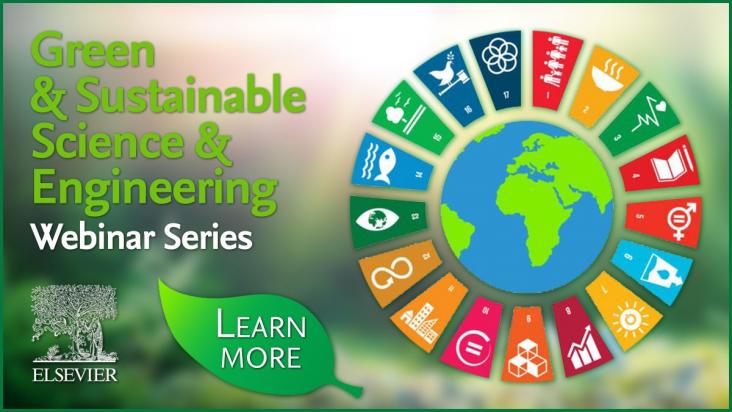Elsevier,
Alternative Fuels and Advanced Vehicle Technologies for Improved Environmental Performance, Second Edition, 2022, pp 571-611
This chapter advances the UN SDG goals 7, 11, and 12 by discussing battery design and function for electric vehicles, focusing on CO2 reduction.
This chapter advances the UN SDG goals 7, 11, and 12 by reviewing the main renewable fuel production pathways and potential energy carriers for ships, and evaluating their sustainability.
Partner content
World Bank
These dashboards present data from the World Development Indicators (WDI) that help to monitor the Sustainable Development Goals (SDGs).
Climate vulnerability modelling of Welsh (UK) housing stock. Propensity for summertime overheating and moisture build up in a majority of Welsh housing. Cooling and ventilation strategies will be required to mitigate future discomfort, whilst ensuring occupant health and wellbeing.
This chapter contributes to SDG 6 by introducing the impact of COVID-19 on water and sanitation, explaining Sustainable Development Goal-6 (clean water and sanitation) in the context of the COVID-19 pandemic, and highlighting lessons learned regarding the water and COVID-19.
Background: Epidemiological studies have reported the associations between nitrogen dioxide (NO2) and pediatric asthma incidence, but unable to ascertain indoor NO2 sources.
Elsevier,
Electric Power Systems Resiliency: Modelling, Opportunity and Challenges, 2022, Pages 149-163
This chapter advances SDG goals 7, 9, and 11 by improving our ability to use smart grids to provide stable, demand- and market-responsive energy.

This webinar series is supported by Elsevier journals to help advance science & engineering for a sustainable future for human and ecological health through global interactions. The focus of each webinar will support at least one of the 17 UN Sustainable Development Goals. See https://sdgresources.relx.com
This specific webinar will focus on "Recent Progress on Urban Heat Mitigation Technologies" presented by Prof. Mat Santamouris, Distinguished Professor, Arts Design and Architecture, UNSW Sydney.
Sign up for free here: https://cassyni.com/s/gsse
This article supports SDG's 6, 11 and 15 through its discussion of the use of Phytoremediation as an economical and sustainable technology for environmental cleanup. Plant species known to utilize different phyto-mechanisms during phytoremediation of diverse pollutants are presented
Illustrates the impact of the pandemic and resulting reduction in travel on food insecurity in Tajikistan.
